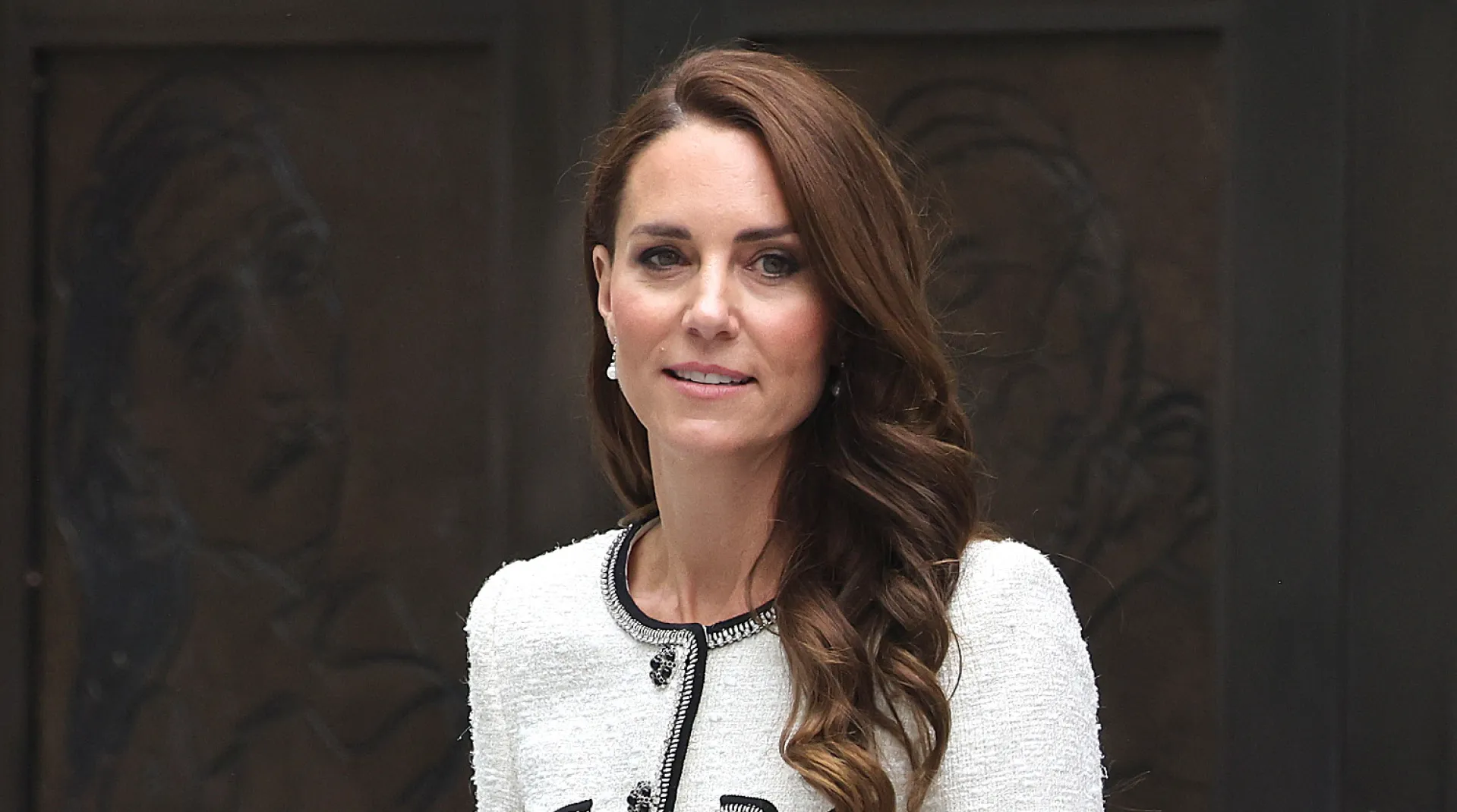Turmoil at the Top: How Trump’s Attacks on the Fed Threaten Economic Stability

President Donald Trump’s ongoing feud with Federal Reserve Chair Jerome Powell has taken a sharp and unprecedented turn, shaking investor confidence and raising alarms across the financial world. After months of insisting he would not dismiss Powell, Trump reversed his stance, declaring Powell’s removal couldn't come soon enough. The mere suggestion sent stock markets into a steep dive, marking the beginning of what may be a turbulent phase for the U.S. economy.
While the public was enjoying the first warm spring weekend in New York City, traders were left to question whether Trump’s comments were just a fleeting outburst or a genuine indication of policy intent. His tendency toward dramatic social media statements has often left aides and markets scrambling to determine their seriousness. But come Monday morning, Trump doubled down, criticizing Powell yet again for not slashing interest rates rapidly enough. This fresh salvo sent stocks tumbling once more, and the U.S. dollar plummeted to its lowest level in three years.
Although Trump’s tariff-driven trade policy has caused significant disruptions, markets had started to adjust to the uncertainty. A temporary pause on the harshest tariffs had offered hope of moderation. However, Trump’s assault on the Federal Reserve’s independence represents a far more dangerous escalation. For the first time, even White House economic adviser Kevin Hassett — who once argued against the idea of firing the Fed chair — acknowledged that discussions were taking place about potentially removing Powell before his term ends.
Of course, it’s still possible this is all bluster, with Trump venting frustration or preparing Powell to take the blame for any future recession sparked by tariff-induced slowdowns. But as Krishna Guha, vice chairman at Evercore ISI, pointed out, these public attacks are deeply counterproductive. By undermining the Fed’s independence, Trump is potentially fueling inflation expectations — the very thing that could prevent the Fed from being able to cut rates at all.
It’s important to understand what’s at stake. The Federal Reserve operates as an independent body for a reason: to shield monetary policy from political pressures. During the inflation crisis of 2022–2023, the Fed raised interest rates aggressively, causing pain in the form of higher mortgage and loan rates, but ultimately succeeded in cooling inflation without tipping the economy into recession. Political interference threatens to dismantle this crucial safeguard.
Experts warn that once central bank independence is lost, it’s nearly impossible to control inflation. As Erasmus Kersting, a Villanova economics professor, explains, the temptation to manipulate monetary policy for short-term political gain is particularly strong for populist leaders. If global investors begin to doubt the Fed’s commitment to stability, the consequences could be dire, ranging from surging inflation to capital flight.
Should Trump succeed in pressuring the Fed into slashing rates rapidly, it could backfire dramatically. His own tariff policies have already heightened inflation risks. Forcing the Fed to accommodate political goals could trigger stagflation — a toxic mix of high inflation and low growth. Evercore analysts warn that even the attempt to remove Powell would ignite panic, sending bond yields soaring and virtually assuring a recession, much like the economic crisis the U.S. faced in the 1970s. The stakes, in short, could not be higher.
What's Your Reaction?















:format(webp)/cdn.vox-cdn.com/uploads/chorus_image/image/70136881/1347078605.0.jpg)





